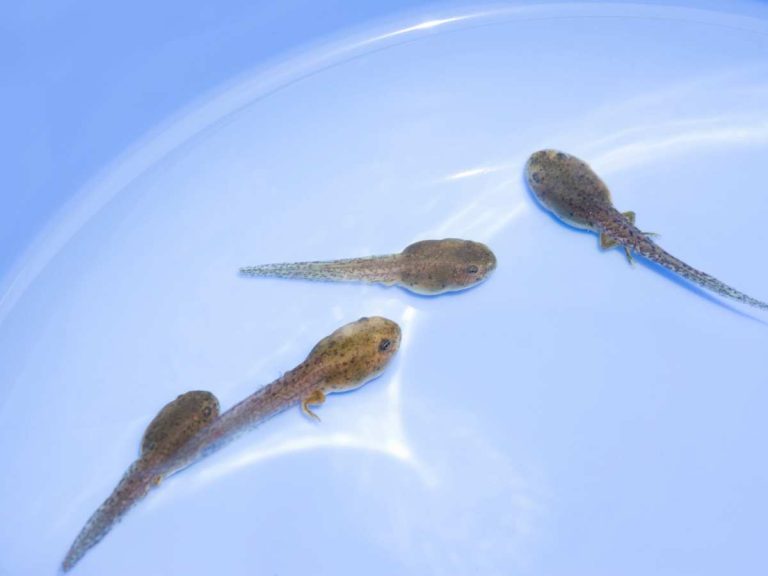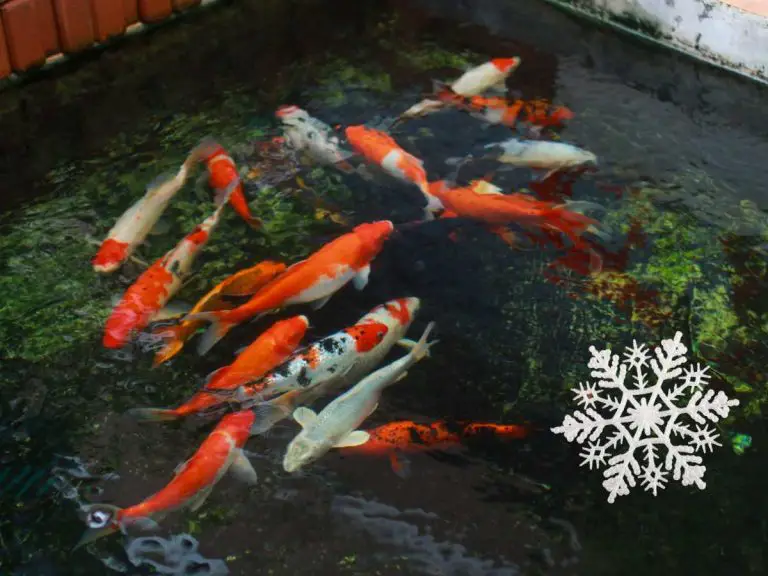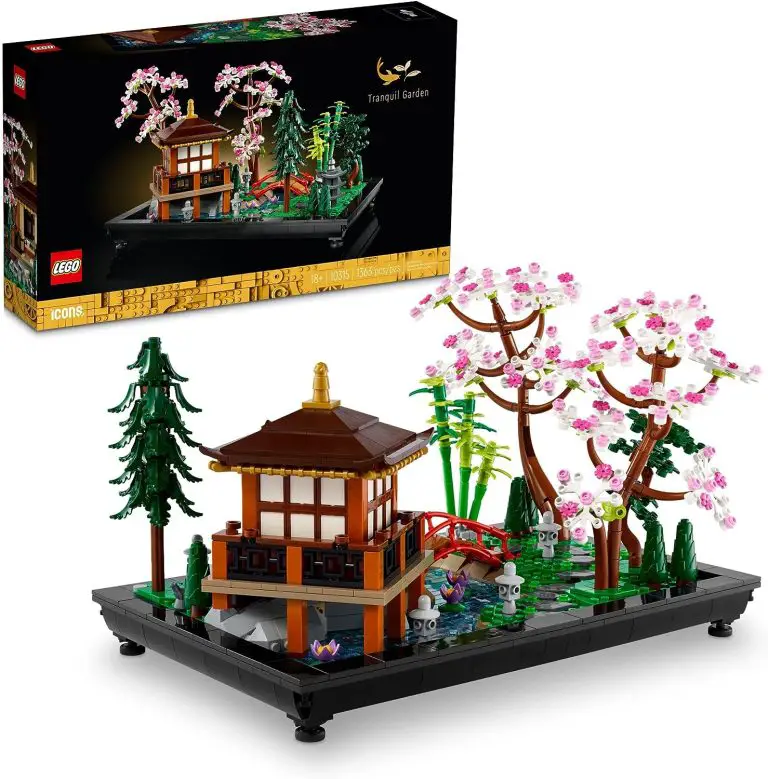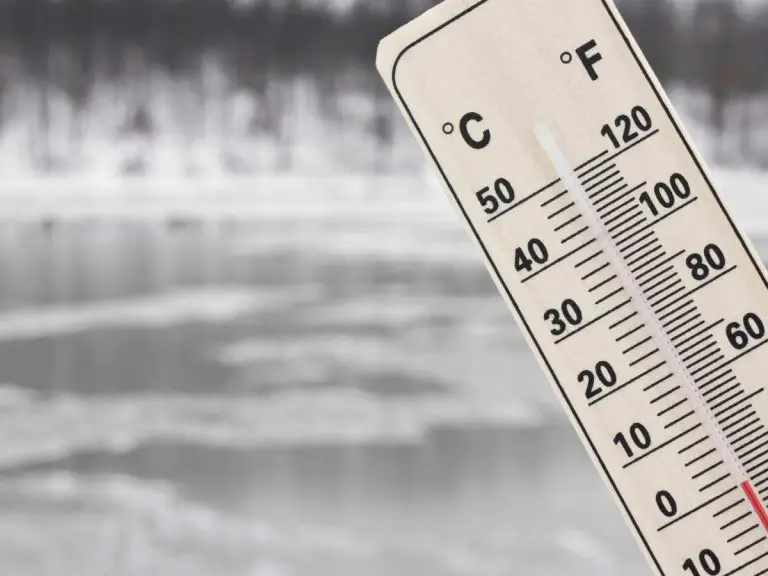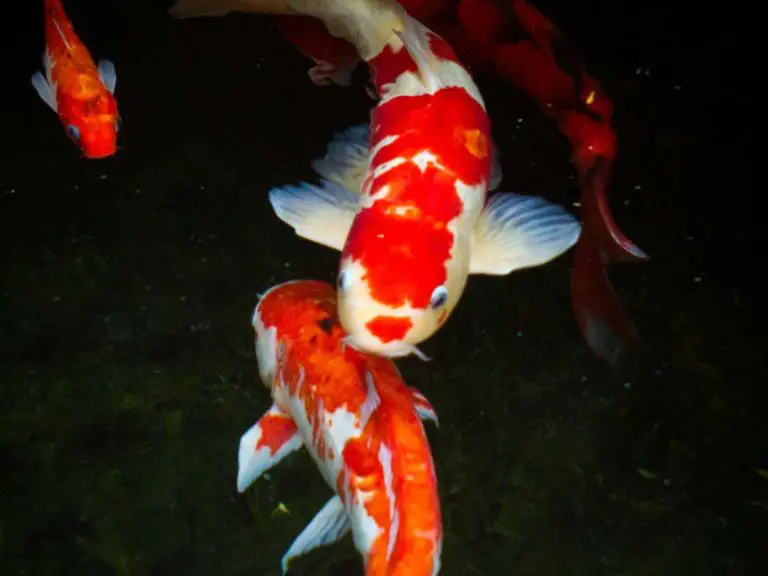Koi & Oxygen: How Long Can Koi Fish Survive Without Oxygen?
Koi fish, like all aquatic creatures, rely on oxygen to survive, just like we do. To maintain the health and longevity of these magnificent creatures, it’s essential to understand their oxygen needs.
Oxygen plays a critical role in the respiration of koi fish (ie in how they breathe). When water moves across their gills, oxygen is extracted and carbon dioxide is expelled. Without enough oxygen, their metabolism slows down, leading to health issues and potential mortality. But how do koi respond to low oxygen levels, and what factors influence their ability to survive without it?
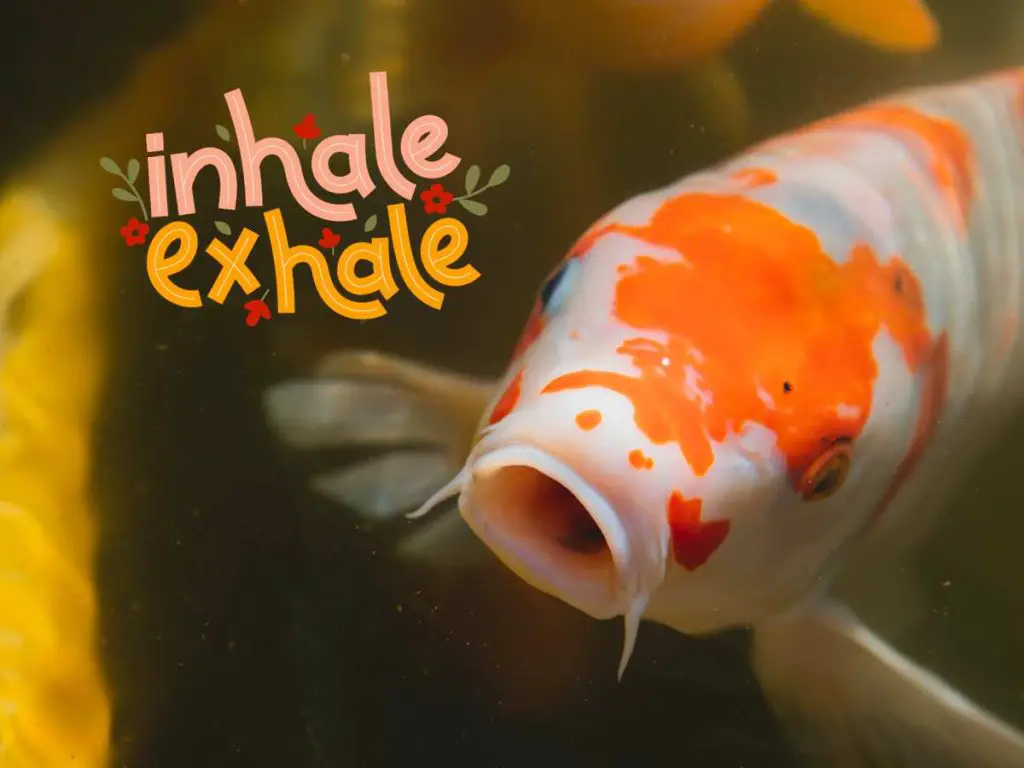
In this article, we will explore the impact of oxygen levels on koi fish and discover how long they can live without it. Join us as we dive into the fascinating world of koi respiration and explore strategies to ensure your beloved fish always have enough oxygen to thrive.
What is Oxygen and How Does it Affect Fish?
Oxygen is a vital component for the survival of all living organisms, including fish. It plays a crucial role in aquatic respiration, the process by which fish extract oxygen from water.
Fish use specialized organs called gills to extract oxygen from the water around them. These gills contain tiny blood vessels that allow the fish to absorb oxygen from the water and release carbon dioxide, a waste product of respiration.
Without sufficient oxygen, fish are unable to carry out essential bodily functions, such as metabolizing food or maintaining proper organ function. That’s why the level of dissolved oxygen in the water is crucial for the overall health and well-being of fish, including koi.
How do I know if my koi fish have a lack of oxygen?
Koi fish, like all aquatic animals, rely on oxygen to survive. When they don’t get enough, they can exhibit several signs indicating a lack of oxygen:
- Gasping at the Surface: One of the most apparent signs is when koi fish frequently come to the water’s surface, appearing to gasp for air. This behavior indicates that they are trying to get oxygen directly from the air because the water doesn’t have enough.
- Lethargy: Koi that lack oxygen might become less active and may seem lethargic. They might stay at the bottom of the pond and move very little.
- Rapid Gill Movement: If you notice your koi’s gills moving rapidly, it’s a sign they are trying to extract as much oxygen as possible from the water.
- Clustering: Koi may gather around water inlets, waterfalls, or fountains, areas where oxygen levels are typically higher.
- Water Quality: Poor water quality can reduce oxygen levels. If the water becomes murky or if there’s a sudden algae bloom, it might deplete the oxygen, making it harder for koi to breathe.
Regularly monitoring your pond’s water quality and ensuring proper aeration can help prevent oxygen depletion.
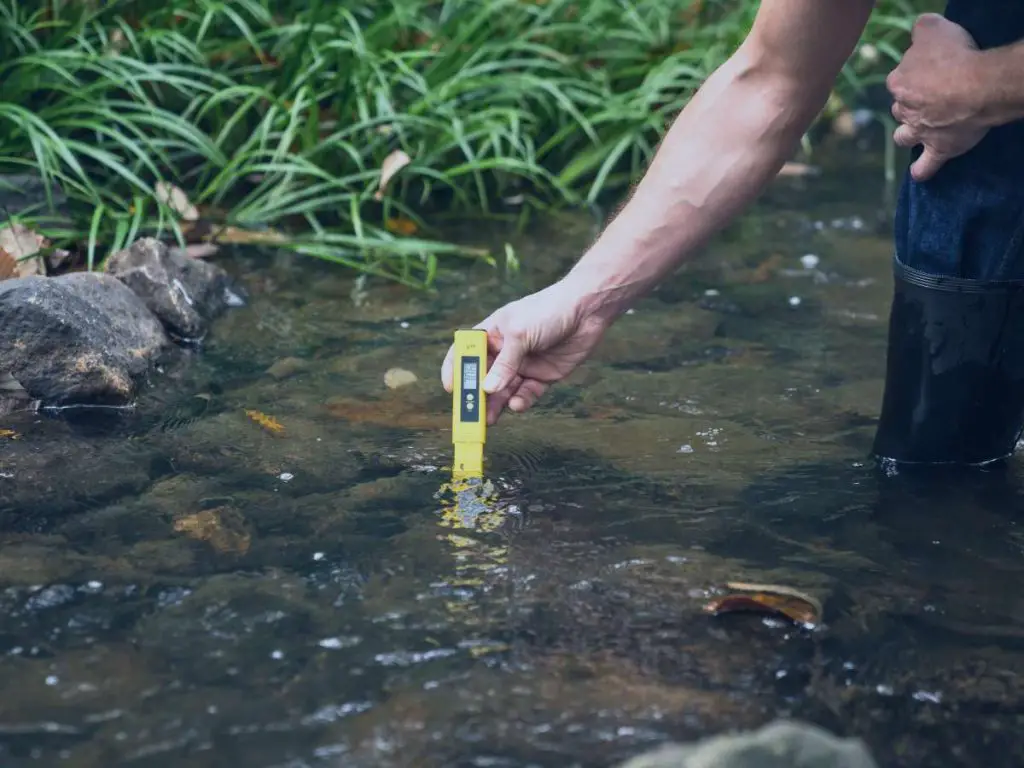
What Are the Effects of Low Oxygen Levels on Koi and Fish?
Low oxygen levels in a koi pond can have serious consequences for the health and well-being of your fish. Fish, including koi, rely on oxygen dissolved in the water to survive. Without enough oxygen, they can quickly become stressed and their immune systems can weaken, making them susceptible to diseases and infections.
One of the first signs of low oxygen levels in fish is their behavior. If you notice your koi gasping for air at the water’s surface or swimming sluggishly, it could be a sign that they are not getting enough oxygen. Fish may also become more aggressive or lose their appetite when oxygen levels are low.
Another effect of low oxygen levels is reduced growth and development. Oxygen is crucial for the metabolic processes that allow fish to grow and develop properly. Without enough oxygen, koi may experience stunted growth and development, which can impact their overall health and longevity.
In addition to these direct effects, low oxygen levels can also lead to an increase in harmful bacteria and algae growth. When oxygen levels are low, bacteria and algae thrive, which can create a toxic environment for your fish. This can further weaken their immune systems and make them more susceptible to diseases and infections.
It’s important to note that different fish species have different tolerances to low oxygen levels. While some fish may be able to survive for short periods without oxygen, koi are particularly sensitive to low oxygen conditions and can suffer serious harm even with just a brief period of low oxygen levels.
In the next section, we will explore the variables that can affect how long koi can survive without oxygen, as well as strategies for monitoring and measuring oxygen levels in your koi pond. By understanding these factors, you can take steps to ensure that your koi have enough oxygen to thrive.
Variables That Affect How Long Koi Can Survive Without Oxygen
Oxygen is crucial for the survival of koi fish and other aquatic species. While fish have evolved to extract oxygen from water through their gills, there are several variables that can affect how long koi can survive without oxygen. These variables include temperature, stocking density, water quality, and stress levels.
Temperature plays a significant role in a fish’s ability to tolerate low oxygen levels. Coldwater fish like koi have a higher tolerance for low oxygen compared to warmwater fish. In colder water, the rate of their metabolism slows down, reducing their oxygen requirements. On the other hand, warmer water increases their metabolic rate, making them more sensitive to oxygen deprivation.
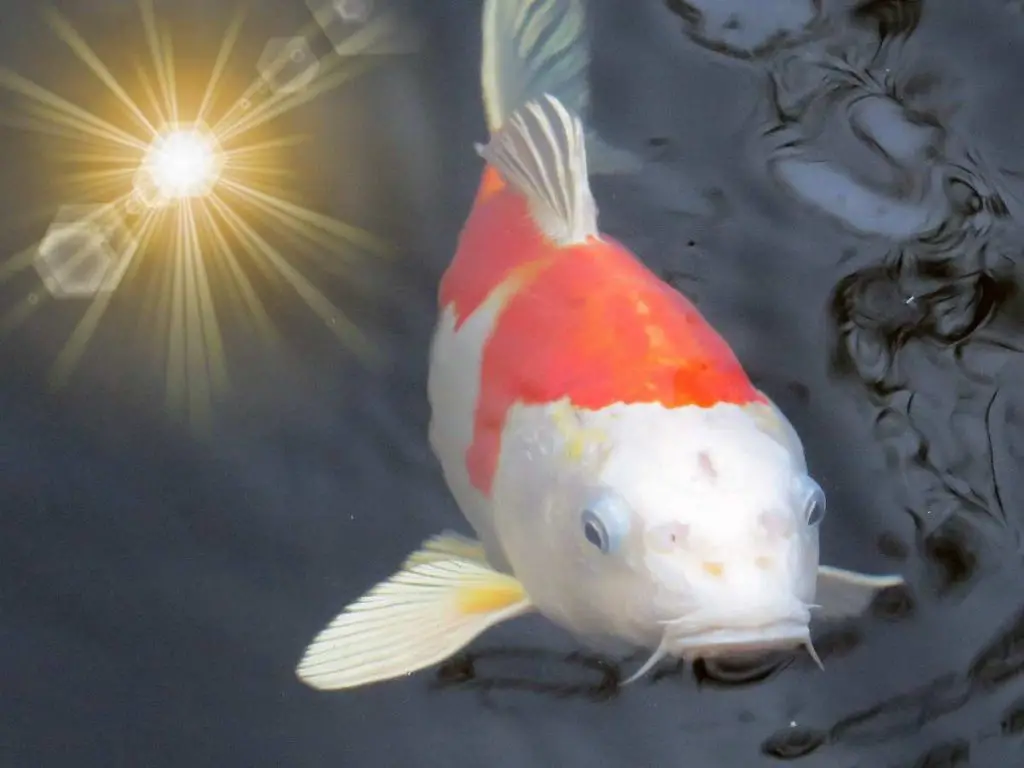
Stocking density refers to the number of fish in a given pond or tank. The higher the stocking density, the more oxygen demand there will be. When there are too many koi in a confined space, oxygen levels can deplete quickly, putting the fish at risk. It’s important to maintain a suitable stocking density to ensure adequate oxygen supply for all the fish.
Water quality is another critical factor in koi survival. Poor water quality, such as high ammonia or nitrate levels, can stress the fish and reduce their tolerance to low oxygen conditions. It’s essential to maintain clean water through regular filtration, water changes, and monitoring water parameters to ensure optimal conditions for your koi.
Stress levels can significantly impact a fish’s ability to survive without oxygen. Stress can be caused by various factors, such as overcrowding, improper diet, water temperature fluctuations, and water quality issues. When fish are stressed, their immune system weakens, making them more vulnerable to oxygen deprivation. It’s crucial to minimize stressors and provide a low-stress environment for your koi to thrive.
In summary, several variables can affect how long koi can survive without oxygen. These include temperature, stocking density, water quality, and stress levels. Understanding and managing these factors are essential for the health and well-being of your koi. By maintaining suitable conditions and monitoring oxygen levels, you can ensure that your koi fish have the best chance of survival even in low oxygen situations.
Next, we will explore how long koi can actually survive without oxygen and discuss oxygen monitoring and measurement strategies for your koi pond.
How Long Can Koi Survive Without Oxygen?
Again, koi fish, like all fish, rely on oxygen dissolved in the water for their survival. Without enough oxygen, they can suffer from oxygen deprivation, which can have serious consequences on their health and even lead to death. So, how long can koi survive without oxygen?
While it is challenging to determine an exact timeframe, in general, koi fish can typically survive without oxygen for about 15-20 minutes in ideal conditions. However, this time can be significantly shorter if the water temperature is higher, the pond is smaller, or there are more fish present.
That said, the duration that koi can survive without oxygen varies depending on several factors. One of the most important variables is the water temperature. Warmer water holds less oxygen, so koi in warmer environments may have a shorter survival time without oxygen compared to those in cooler waters.
Another crucial factor is the size of the pond or tank the koi are living in. Smaller volumes of water have fewer oxygen reserves, so koi in smaller ponds or tanks may experience depleted oxygen levels more rapidly than those in larger bodies of water.
Additionally, the number of koi in the pond can also impact their ability to survive without oxygen. More fish in a limited space mean higher oxygen consumption, which can shorten the time they can go without oxygen.
To ensure the health and safety of your koi fish, it is crucial to monitor and maintain adequate oxygen levels in their environment. Regularly testing the pond water’s oxygen levels using a dissolved oxygen meter or test kit can help you identify any potential issues and take necessary actions to prevent oxygen deprivation.
In case of emergencies, such as a power outage or equipment failure leading to a sudden drop in oxygen levels, it is essential to have backup measures in place. An aeration system, such as an air pump or aeration stone, can be used to quickly introduce oxygen into the water and provide a lifeline for the koi until the issue is resolved.
By monitoring and maintaining proper oxygen levels in their habitat, you can ensure the longevity and well-being of your beloved koi fish. Remember, a healthy and oxygen-rich environment is essential for their survival and overall quality of life.
Do koi fish need air pumps?
Yes, koi fish benefit significantly from air pumps, especially in ponds without natural water movement.
Air pumps increase the amount of dissolved oxygen in the water, essential for koi’s survival. Without an air pump or a waterfall running, koi will quickly consume all available oxygen in the pond and can die. Water with an oxygen concentration of less than 3 mg/l will generally not support fish.
Air pumps also help circulate the water, ensuring that oxygen is evenly distributed throughout the pond. This circulation also helps prevent the buildup of harmful substances like ammonia and nitrites.
Pumps will support beneficial bacteria, which live in filters and on pond surfaces, help break down organic waste. They require oxygen to function, and an air pump ensures they get the necessary amount.
In colder climates, air pumps can help prevent the pond’s surface from completely freezing, allowing for gas exchange and preventing toxic gas buildup.
And proper aeration can enhance the efficiency of biological filters, as beneficial bacteria operate better in well-oxygenated water.
Ultimately, while koi might survive for a short period without an air pump, having one ensures they live in a healthy and stable environment, maximizing their lifespan and well-being.
Strategies to Increase Oxygen Supply for Koi
| Strategy | Description |
|---|---|
| Monitor Water Temperature | Regularly check and maintain water temperature within a suitable range. Warmer water holds less dissolved oxygen. |
| Keep Pond Clean | Remove debris, fish waste, and decaying organic matter. Ensure a functioning filtration system. |
| Add Water Features | Waterfalls or fountains can naturally increase oxygen levels. |
| Install Aeration Systems | Aeration systems can help circulate water and increase oxygenation. |
| Provide Shade | Helps in maintaining cooler water temperatures, which can hold more oxygen. |
| Avoid Overstocking | Too many fish can deplete oxygen levels faster. |
Oxygen Monitoring and Measurement Strategies for Koi Ponds
When it comes to the health and well-being of your koi fish, ensuring they have enough oxygen is crucial. Monitoring and measuring oxygen levels in your koi pond is essential to guarantee their survival. Fortunately, there are several strategies you can employ to achieve this.
Regular Water Testing
Regularly testing the water in your koi pond is a fundamental aspect of maintaining optimal oxygen levels. Using a water testing kit, you can measure the oxygen content in your pond’s water. Test the water at different locations and depths to get a comprehensive understanding of the oxygen levels throughout the pond.
Use of Dissolved Oxygen Meters
To get accurate and precise measurements of oxygen levels, consider investing in a dissolved oxygen meter. These devices provide real-time readings and are more reliable than test kits. By regularly monitoring the oxygen levels with a dissolved oxygen meter, you can quickly identify any fluctuations and take appropriate action.
Air Pumps and Aeration Systems
Like we’ve covered, installing air pumps and aeration systems in your koi pond is an effective way to increase oxygen levels. Air pumps deliver oxygen to the water through diffusers or air stones, creating bubbles that increase surface agitation. This process enhances the oxygen exchange between the water and the air, providing a constant supply of oxygen for your koi fish.
Water Circulation
Proper water circulation is crucial for maintaining optimal oxygen levels. Consider installing a water pump or aerator to ensure the water is moving effectively throughout the pond. This helps distribute oxygen evenly and prevents stagnant areas where oxygen levels may become depleted.
Adding Oxygenating Plants
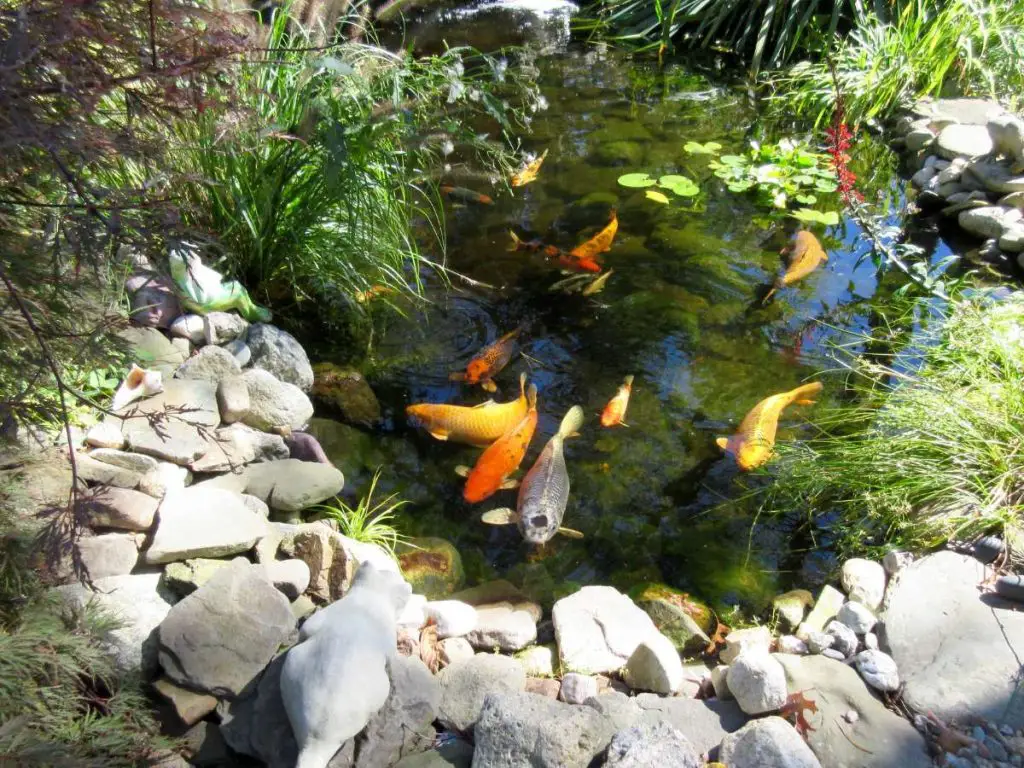
Oxygenating plants, such as Anacharis or Hornwort, can significantly contribute to oxygen levels in your koi pond. These plants release oxygen during photosynthesis, helping to supplement the oxygen provided by air pumps and aeration systems. Additionally, they provide shelter for your koi and contribute to a healthy ecosystem.
By employing these oxygen monitoring and measurement strategies, you can ensure that the oxygen levels in your koi pond remain at optimal levels. Regular testing, the use of dissolved oxygen meters, air pumps and aeration systems, water circulation, and the addition of oxygenating plants all play crucial roles in maintaining the health and longevity of your koi fish.
How To Ensure Enough Oxygen for Your Koi Fish
To ensure that your koi fish have enough oxygen to thrive and stay healthy, there are a few strategies you can implement for oxygenation in your koi pond.
1. Aerate your pond: One of the simplest and most effective ways to increase oxygen levels in your koi pond is by using an aerator. Aeration systems, such as air stones or pond fountains, help to circulate the water and introduce oxygen into it. This helps to maintain a healthy balance of oxygen and allows your koi to breathe properly.
2. Install a waterfall or a stream: Adding a waterfall or a stream to your koi pond not only enhances its visual appeal but also increases oxygenation. As water cascades down the waterfall or flows through the stream, it takes in oxygen from the air, enriching the water with dissolved oxygen levels that your koi fish need to thrive.
3. Use aquatic plants: Aquatic plants, such as water lilies and water hyacinths, can also play a crucial role in maintaining oxygen levels in your koi pond. These plants undergo photosynthesis, which releases oxygen into the water during daylight hours. By incorporating a variety of aquatic plants into your pond, you can naturally increase the oxygen supply for your koi.
4. Monitor water temperature: Water temperature can greatly affect the oxygen levels in your koi pond. Warmer water holds less dissolved oxygen than cooler water. It’s important to regularly check and maintain the water temperature within a suitable range for your koi. Avoid extreme temperature fluctuations, as they can stress your fish and negatively impact their ability to extract oxygen from the water.
5. Keep your pond clean: Regularly removing debris, excess fish waste, and decaying organic matter from your pond is essential for maintaining good water quality and oxygenation. These substances can consume oxygen as they decompose, leading to a decrease in oxygen levels. Ensure that your filtration system is in proper working condition to help maintain a clean and oxygen-rich environment for your koi.
By implementing these strategies, you can ensure that your koi fish have ample oxygen to support their respiration and overall health. Remember to regularly monitor oxygen levels in your pond, particularly during hot summer months or when adding new fish to the pond. Taking proactive steps to maintain oxygen levels will help your koi fish thrive and live long, healthy lives.
Koi fish can’t live without enough oxygen
Ensuring adequate oxygen levels in your koi pond is crucial for the health and well-being of your fish. Oxygen plays a vital role in supporting their respiration and overall survival. Low oxygen levels can lead to stress, illness, and even death in koi fish.
There are several factors that can affect how long koi can survive without oxygen, such as the size of the pond, the number of fish, water temperature, and the presence of plants or other oxygenating sources. Monitoring and measuring oxygen levels in your pond is essential to identify any potential issues and take appropriate action.
To ensure enough oxygen for your koi fish, consider implementing strategies such as adding water features like waterfalls or fountains, installing aeration systems, and regularly cleaning and maintaining your pond. Additionally, providing ample shade and avoiding overstocking the pond can help prevent oxygen depletion.
By following these guidelines and actively monitoring your koi pond’s oxygen levels, you can create a healthy and thriving environment for your beloved koi fish. Remember to consult with experts or professionals for specific recommendations tailored to your pond’s unique needs. Your koi fish will thank you for the optimal oxygen conditions that contribute to their longevity and overall well-being.
Related Questions
Can koi survive in a natural pond?
Yes, koi can survive in a natural pond provided it has adequate depth, water quality, and protection from predators. Natural ponds often offer a diverse ecosystem, which can benefit koi health. However, regular monitoring of water conditions and potential hazards is essential to ensure their well-being.
Can koi fish live without a filter?
While koi can survive for short periods without a filter, it’s not ideal for their long-term health. Filters help maintain water clarity, remove harmful toxins, and promote beneficial bacteria growth. Without a filter, water quality can deteriorate rapidly, leading to health issues for the koi.

